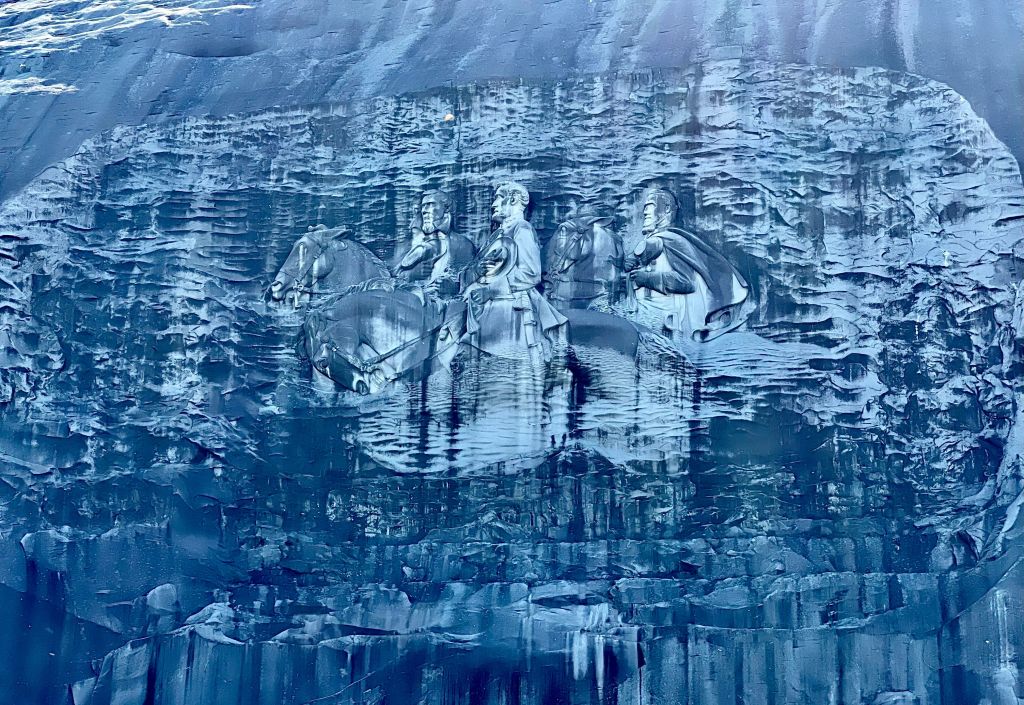The Invisible Man
WBW Honors: Ralph Ellison
Ralph Ellison was the first novelist to portray the Black experience as a critical part of the American experience. His seminal novel, “Invisible Man,” was his only major work, but his letters, articles and fiction work established him as one of the most important writers in history. “Invisible Man” encapsulated the feelings of Black men and women as second-class citizens during the heart of the 20th Century. The phenomenon of invisibility — the feeling that one’s very existence isn’t acknowledged — continues to this day for many, if not most Black Americans. Invisibility doubtlessly dogged the young Barack Obama as he grew to manhood. But Obama’s election and inauguration as America’s first Black president marked a turning point. Barack Obama, the 44th President of the United States, is now very much the Visible Man.
Ralph Waldo Ellison, named for Ralph Waldo Emerson, was born on March 1, 1914 in Oklahoma City. His father was a small business owner who died when Ellison was only three, but who secretly wished that his son would grow up to be a poet, like Emerson. When Ellison enrolled at the Tuskegee Institute, he studied music and already had a reputation as a trumpet player from his days in a high school orchestra. He segued into a relationship with writing and sculpture. Ellison left Tuskegee after his third year, hoping to earn money to pay for his final year by working in New York as an artist. The journey from the South to the North signified the shift in his life from promising rural artist to embattled author of the Black experience.
As Ellison made his way through New York’s circle of intellectuals, he met poet Langston Hughes, and artist Romare Bearden, but it was his acquaintance with author Richard Wright that influenced his later work. Ellison wrote reviews of Wright’s work in “New Challenge” and adopted some of Wright’s socialist attitudes; he also traveled the city searching for a circle of writers who could make sense of this new Black experience in the North. While writing book reviews for the journals of the day had earned Ellison income and public stature, Richard Wright suggested Ellison try his hand at fiction. In Ellison he saw the kind of rich Southern tradition that had made Richard Wright’s early work so palpable.
Ellison’s first attempt at short story writing “Hymie’s Bull” was indicative of his experimentation with the naturalist style, which combined elements of anger, double consciousness and lucidity for a truly unique work. Ellison received the Federal Writer’s Grant to fund his early career and worked consistently on “Invisible Man” from 1947 to 1952 with help from wife Fannie McConnell. “Invisible Man” was, in large part, Ellison’s nuanced response to the radical discourse coming from his social circle. In his novel, with its nameless protagonist, ambiguous racial allegiances, and subtle reference to Black culture seeping into American culture, Ellison encapsulated the parts of Black life that had been overlooked by both the radicals and the mainstream. It was an unapologetic tome that portrayed the sensitivity of Black men, while trumping some of the previously held notions of masculinity. “Invisible Man” won the National Book Award in 1953, beginning its long history into the annals of American literature as an essential work. Ellison reportedly finished 2000 pages of a second novel, but never finished. He did not allow that incomplete novel to end his range of works, preferring instead to join with other writers of his time to create more social commentary. Ellison served as a professor at Rutgers, Yale and New York University, and kept details of his second novel to himself. After Ellison’s death on April, 16th 1994, a long-time friend published Ellison’s anticipated second work as “Juneteenth.”
Ralph Ellison was among the first to assert that Black culture was an integral, inseparable part of American culture. Ellison aspired to show how connected the two cultures could be. The biracial Barack Obama wrote an autobiographical memoir, “Dreams from My Father,” that paralleled the Ellison’s vision of collective, united country, where all Men and Women are visible.















